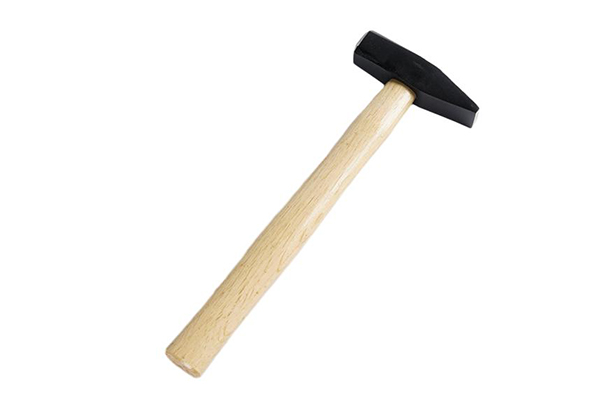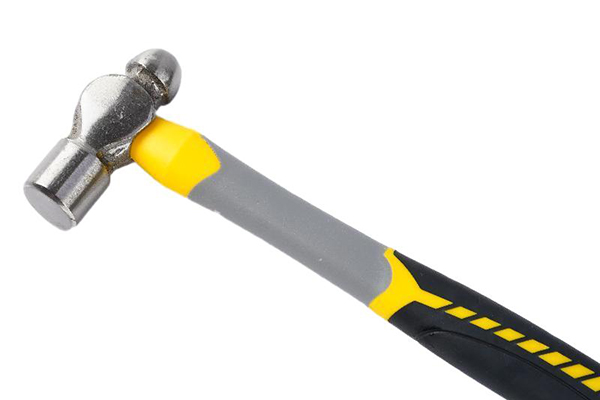Cross Pein vs. Ball Pein Hammers: Unveiling the Distinctions
In the realm of metalworking, hammers play a pivotal role in shaping, forming, and manipulating metal. Among the diverse range of hammers, two prominent types stand out: the cross pein hammer and the ball pein hammer. While both serve essential purposes, they differ in their design and applications, making them suitable for distinct tasks.
The Cross Pein Hammer: A Multifaceted Tool
The cross pein hammer is characterized by its distinctive perpendicular cross pein opposite the striking face. This unique design lends itself to a variety of tasks, including:
-
Forging: Cross pein hammers excel in forging, where hot metal is shaped into desired forms. The striking face is used to flatten and spread the metal, while the cross pein is employed to bend, curl, and manipulate the metal into specific shapes.
-
Riveting: Riveting, a technique for joining metal pieces together, relies heavily on the cross peen hammer. The tapered end of the cross pein is used to form and shape rivet heads, ensuring a secure and durable connection.
-
Chipping and etching: The cross peen hammer's versatility extends to chipping and etching, allowing for the creation of textures and designs on metal surfaces. The sharp edge of the cross pein is used to remove small pieces of metal or create grooves and patterns.
-
Sheet metal work: In sheet metal work, the cross peen hammer proves invaluable for bending, forming, and shaping thin metal sheets into various shapes, such as curves, angles, and flanges.

The Ball Pein Hammer: A Tool for Precision and Detail
The ball pein hammer, distinguished by its spherical pein opposite the striking face, is renowned for its precision and versatility. Its primary applications include:
-
Fine metalwork: The ball pein hammer is particularly well-suited for fine metalwork, where delicate shaping and manipulation are required. The ball pein's curved surface allows for precise shaping of metal edges, creating smooth contours and intricate details.
-
Staking and setting: Staking and setting, techniques for securing and aligning components, often utilize the ball pein hammer. The ball pein's rounded surface is ideal for gently striking and positioning metal pieces without causing damage.
-
Punching and embossing: The ball pein hammer finds application in punching and embossing, where holes or raised designs are created on metal surfaces. The ball pein's impact force can penetrate thin metal sheets, producing precise holes or raised designs.
-
Jewelry making: In jewelry making, the ball pein hammer plays a crucial role in shaping and manipulating delicate metal components. Its precision and control allow for the creation of intricate jewelry pieces with refined details.

Choosing the Right Hammer: A Matter of Application
The choice between a cross pein hammer and a ball pein hammer depends on the specific task at hand. For tasks requiring forceful shaping and manipulation, such as forging and riveting, the cross pein hammer is the preferred choice. Its striking face and cross pein provide the necessary power and control for these tasks.
On the other hand, for tasks demanding precision and delicate shaping, such as fine metalwork, staking and setting, punching and embossing, and jewelry making, the ball pein hammer is the ideal tool. Its spherical pein enables precise and controlled shaping of metal, ensuring intricate details and refined finishes.
Conclusion
The cross pein hammer and the ball pein hammer, though similar in appearance, are distinct tools with unique capabilities. The cross pein hammer excels in tasks requiring power and versatility, while the ball pein hammer shines in applications demanding precision and control. By understanding the strengths of each hammer and selecting the appropriate tool for the job, metalworkers can effectively shape, form, and manipulate metal, creating masterpieces of craftsmanship.
Post time: 11-16-2023





